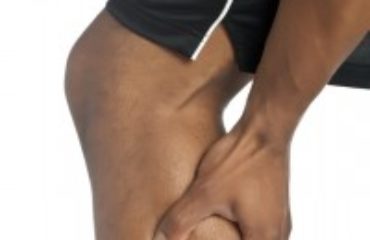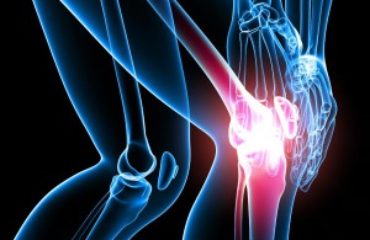by Dr. Adam Farber
Injuries to the joints may be assessed via several methods: clinical history, physical examination, and imaging studies such as Magnetic Resonance Imaging (MRI) or Computerized Tomography (CT) scans. However, in some cases, a final diagnosis can only be made via arthroscopy.
Arthroscopy refers to the surgical procedure that allows the Phoenix orthopedic surgeon to directly visualize the joint, the surrounding muscle and connective tissues, and treat the identified problems without resorting to large incisions and open surgery to examine the joint. The term comes from the Greek word for joint (“arthro”) and to look (“skopein”). This method of operative technique has been associated with better clinical outcomes, faster healing and operative time, and less risk of damage to the surrounding tissue and muscles. This minimally invasive technique also reduces the amount of rehabilitation time needed before return to normal function.
The operation is done under general anesthesia or spinal anesthesia, depending on the tolerance of the patient. Depending on the location of the arthroscopy, a specialized table for fixing the joint in place may be used. A sterile operative theater is needed, so sterile drapes will be placed around the surgical site, which will then be scrubbed several times with an antiseptic solution.
The Scottsdale orthopedic surgeon will then create a small incision on the skin of the joint to be examined. Through this portal, the surgeon will insert the arthroscope, which is a thin, approximately ¼

shoulder arthroscopy
inch-diameter fiber optic instrument that contains a small lens and lighting system for the visualization of the joint.
Images from the lens are displayed onto a television monitor placed inside the operating room. Saline solution may be flushed into the hip joint to clear the space of debris and synovial (joint) fluid. Other instruments may also be inserted into other small incisions or portals if other corrective measures are needed. Arthroscopy allows surgeons to complete several procedures, such as debridement (clearing of debris), resection of torn or damaged tissue, or suturing and repair of torn tendons and ligaments.
Once the procedure is complete, the portals and surgical incisions will be closed with sutures and surgical staples. The period of recovery will depend on the severity of the injury and the nature of the procedure done. While it is not uncommon for patients to resume normal daily activities of work or school within a few days, maximal recovery may take up to several weeks. It is suggested that a program of physical rehabilitation be done to speed up recovery.



